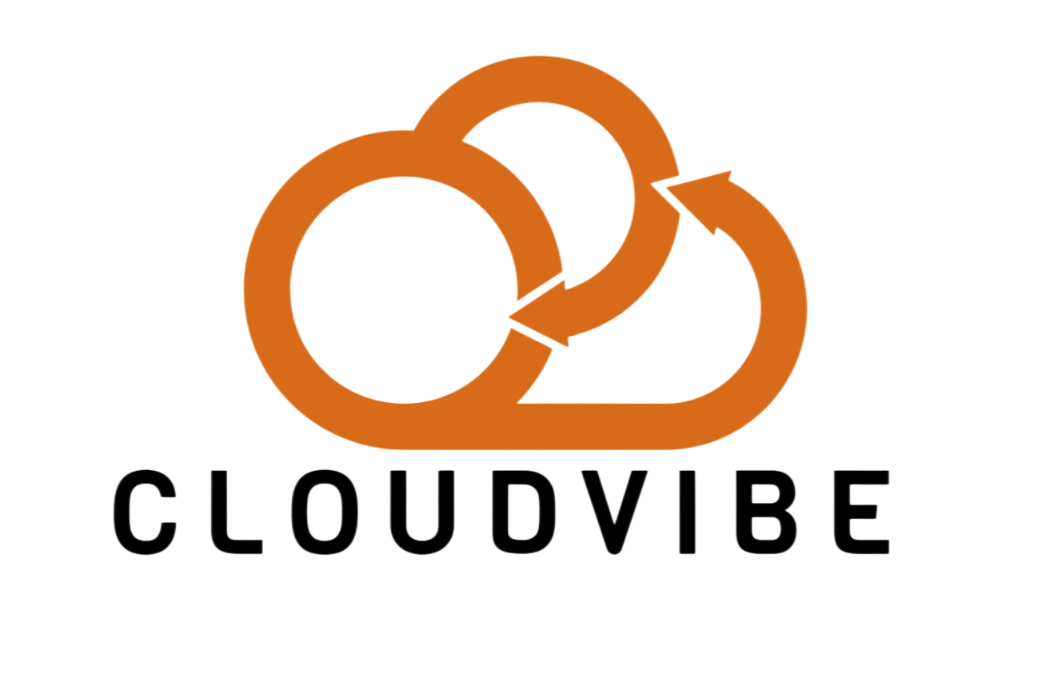“Webflow vs WordPress: A Comprehensive Guide to Choosing Your Ideal Website Builder”
Webflow vs WordPress: Which Platform Should You Choose?
Meta Description: Discover the key differences between Webflow and WordPress, two popular website building platforms, and determine which one is the right fit for your business or personal needs.
Introduction

In the digital age, establishing an online presence is more important than ever. Choosing the right platform to build your website can be a daunting task, especially when you are presented with numerous excellent options. In this article, we will take a close look at two of the most popular website builders – Webflow and WordPress, highlighting their features, advantages, and limitations to help you make an informed decision.
Understanding Webflow (H2)
What is Webflow? (H3)
Webflow is a modern, responsive website builder that gives you unprecedented control over your website’s design. It’s a visual HTML5 site editor with a focus on web animations and interactions.
Key Features of Webflow (H3)
Webflow offers a range of features including a visual designer, CMS (Content Management System), eCommerce capabilities, and much more. These features make it a comprehensive tool for website development and management.
Understanding WordPress (H2)
What is WordPress? (H3)
WordPress is an open-source content management system (CMS) that allows users to build a website or blog. It is known for its user-friendly interface, extensive customization options, and a vast array of plugins.
Key Features of WordPress (H3)
WordPress is a feature-rich platform that includes thousands of themes and plugins, SEO tools, eCommerce functionality, and a large community of users for support. Its flexibility and scalability make it a favorite among businesses of all sizes.
Webflow vs WordPress: A Comparative Analysis (H2)
Ease of Use (H3)
While both platforms are user-friendly, Webflow’s visual editor can be more intuitive for users with a design background. On the other hand, WordPress’s interface is simpler and more straightforward, making it easier for beginners to navigate.
Customization (H3)
WordPress edges out Webflow in terms of customization due to its vast library of plugins and themes. However, Webflow offers a high degree of design flexibility, enabling users to create unique, professional-looking sites without coding knowledge.
Pricing (H3)
Webflow and WordPress both offer different pricing tiers to cater to a variety of needs. WordPress, being an open-source platform, is free to use but requires additional expenses for hosting, themes, and plugins. Webflow offers a free version with limited features and paid plans for more advanced features and options.
Conclusion
Choosing between Webflow and WordPress ultimately depends on your specific needs and goals. WordPress is a robust, flexible platform with extensive customization options, making it a great choice for users who want full control over their site’s functionality. Meanwhile, Webflow’s visual interface and design-centric features make it a suitable option for those prioritizing aesthetics and ease-of-use.
Before making a decision, we recommend trying out both platforms to see which one aligns best with your requirements. You can start with the free versions of Webflow and WordPress to get a feel of their interfaces and capabilities.
Remember, the best platform is the one that helps you effectively achieve your online goals while offering a seamless and enjoyable building experience.





